Caddisflies are perhaps the most underappreciated aquatic insect family. To many non-anglers, they look like little moths. Adults have wings shaped like a tent, segmented bodies without tails, and antennae that give a moth-like appearance. But unlike moths, caddisflies spend most of their lives living in the water as larvae, which look like little worms. Most, but not all, caddisfly larvae live in some type of case that they build from rocks, sand, plant material, or even their own silk.
Whereas mayflies have an abundance of fly fishing literature dedicated to their existence, there is much less information about caddisflies. Caddis are difficult and confusing to understand because there are so many species that look similar and because one type of caddis that doesn’t even exist in your favorite local trout water may be extremely important in a nearby stream. There are 20 caddisfly families in North America that contain over 1,400 species, and new species are being discovered all the time. But anglers do not need to fear caddis hatches. Most species live in similar fashions and techniques for imitating one can often be used for another, even if the angler doesn’t know that he’s imitating two different species.
In Caddisflies (the first significant American fly fishing work entirely about caddisflies published in 1981) Gary LaFontaine divided caddisflies into five families according to the cases in which they live: tube-case makers, net spinners, free-living, purse-case makers, and saddle-case makers. But in Thomas Ames’ 2009 fly fishing book, also called Caddisflies, he divides caddis into three families: primitive, fixed-retreat makers, and tube-case makers. I like Ames’ approach because it simplifies things a bit. Instead of identifying and separating each caddisfly by the exact type of case, Ames takes a more general approach, organizing caddis into three groups: those that do not live inside a case (primitive, free-living), those that have a home they live near (fixed-retreat makers, net spinners), and those that construct a case in which they live (tube-case makers, purse-case makers, saddle-case makers).
The continent-wide important Brachycentrus species (Grannoms) are an example of tube-case makers. They construct brown conical shaped tubes that look like little oil derricks or ice cream cones. Tan Caddis or the Spotted Sedge, members of the Hydropsyche and Symphitopsyche genera, are probably the most important members of the fixed-retreat makers. They freely wander the stream bottom outside of a case, but they construct nets that look similar to spider webs to trap their food. Primitive types of caddis such as the Green Caddis (Rhyacophila species) build neither cases nor nets. They freely wander the rocky stream and river beds much like a mayfly nymph.
Unlike mayflies and stoneflies, caddisflies have a complete life cycle with larval, pupal (also called a resting stage), and adult life stages. Caddisflies begin life as eggs that have been deposited in or near the water. Most often female caddisflies do this by flying above the water and releasing their eggs onto the surface. The eggs sink and quickly attach to rocks or other structure. But some spegs on dry land, near water, where the larva can easily crawl into the current after hatching.

It takes the eggs anywhere from a few weeks to a few months to hatch. Some species even over-winter as eggs. After hatching, the larvae usually undergo five instars as they develop (some have more), with the fifth instar taking the longest to complete. An instar occurs as the insect grows and sheds its skin. All mayflies, stoneflies, and caddisflies have instars. The larvae of most species will then live for one year, though some species live for two.
At approximately the same time each year, the larvae begin to pupate. This means that they will encase themselves in a cocoon, just like a butterfly or moth, as they transform into a winged adult. Those caddis larvae that live in cases simply close the open end of the case before pupating. Others, like members of the free-living Rhyacophila genus, create a pupal case from their own silk. The length of the pupation varies with species but most will take two to five weeks, though some species take much longer, even over-wintering for two to three months, as pupa.
After their transformation is complete, the caddis chew their way out of their pupal case and swim to the surface as fully formed, sexually mature adults. Most adults can live for as long as a few weeks (some can survive significantly longer) as they complete their life cycle. Caddis adults can live longer than most mayfly duns because they are able to drink and do not die from dehydration like so many mayflies.

Caddisflies mate on dry ground or streamside vegetation, beyond the reach of hungry trout. This ensures that males are seldom available to fish after mating because they usually fly from the water before dying. However, females will be available to trout. Depositing their eggs saps what little energy reserves they have left and leaves them floating helplessly on the water. Anglers call these females “spent” (just like spent mayfly spinners). They are easy targets for trout and usually inspire excellent dry-fly fishing.
Imitating the Caddis Life Cycle with Flies
Caddisflies are vulnerable to trout through much of their life cycle, giving angles several opportunities for imitating them to catch fish. The first is the larval stage. Caddis larvae become trout food when they drift naturally in the current after intentionally or unintentionally becoming dislodged from the stream bottom. These larvae are best imitated by dead drifting fly patterns along the streambed beneath a strike indicator or in a tandem (a tandem is when two flies are fished together) below a dry fly that is used as a strike indicator.
Caddis pupa imitations are effective for imitating the flies as they near their emergence into adults. Gary LaFontaine broke ground with his Sparkle Pupa patterns for imitating this caddis life stage, and his patterns remain popular today. These flies can be fished with or without intentional movement, though I usually prefer to fish them with a tight line and no indicator.
Tight lining (also called high-stick nymphing) employs a short amount of line outside the rod tip, often only the leader, with the rod held outstretched, slightly leading the flies through deep runs and areas of current, feeling for strikes. When caddis pupae leave their cases and swim to the surface, it’s an excellent time to swing wet flies.

When emerging caddisflies reach the surface, dry fly imitations are often the best choice. My initial caddisfly adult presentations are usually made without intentional drag. But caddisflies tend to twitch, hop, and jump on the surface as they try to fly, and trout sometimes key on this movement. Anglers often skitter caddis dries to imitate this behavior. You “skitter” a caddis dry by intentionally allowing it to drag on the surface ahead of a rising trout. Hackle caddis dry fly patterns work best because they are usually the most buoyant.
Dry flies will be effective again once mating has been completed and the spent females lie on the surface. You will nearly always want these floating drag-free. Some tiers add a small dubbing ball at the end of their fly pattern’s abdomen, colored to imitate an egg sack. Fish can selectively key on this, and it is a good idea to have a few of these flies in your box.

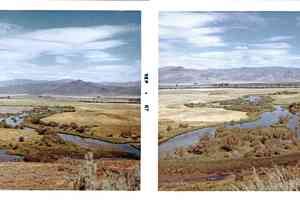
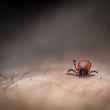

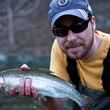

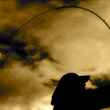
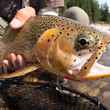
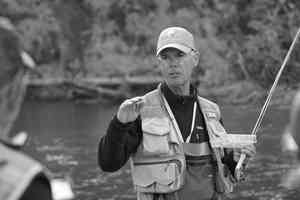
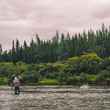


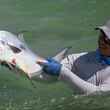


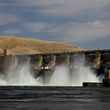
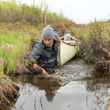

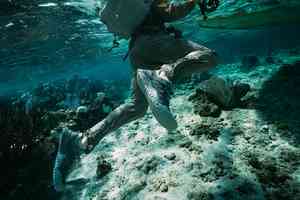
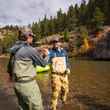

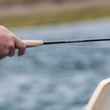
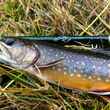
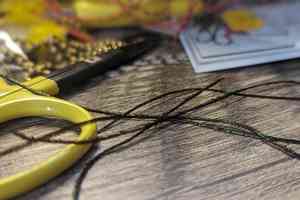
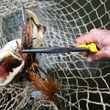
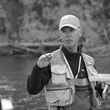
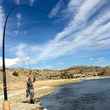

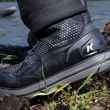

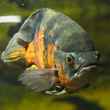
Comments
G.S.Marryat replied on Permalink
Is "The Bug Book" only available as an electronic book, as I can only find reference to Kindle and other electronic media: none of which I am interested in, and prefer to open and feel a 'real' book.
Mike Hulsey replied on Permalink
I own the bug book, which can generally be found in hardcover form on Amazon Marketplace, although I’m sure that it could be found elsewhere as well. Although a rather brief book, it is still very informative, and most all photos in the book have been well thought out and taken carefully in every attempt to give the reader, or more likely the tyer, every bit of confidence in identifying insects on the stream and recreating them with various materials with more exacting detail. My recommendation would be to see if you can find this one used if possible, in hopes of saving a few bucks, and then invest those saved dollars on more stuff to lash on to hooks. Good luck!
Joe Canzanella replied on Permalink
I fish the caddis first when there is not a obvious hatch occurring. This was inspired by what I believe was the very best book on fishing the caddis....Caddis and the Angler by Eric Leiser and Larry Solomon......you can't go wrong with this book.
Pages